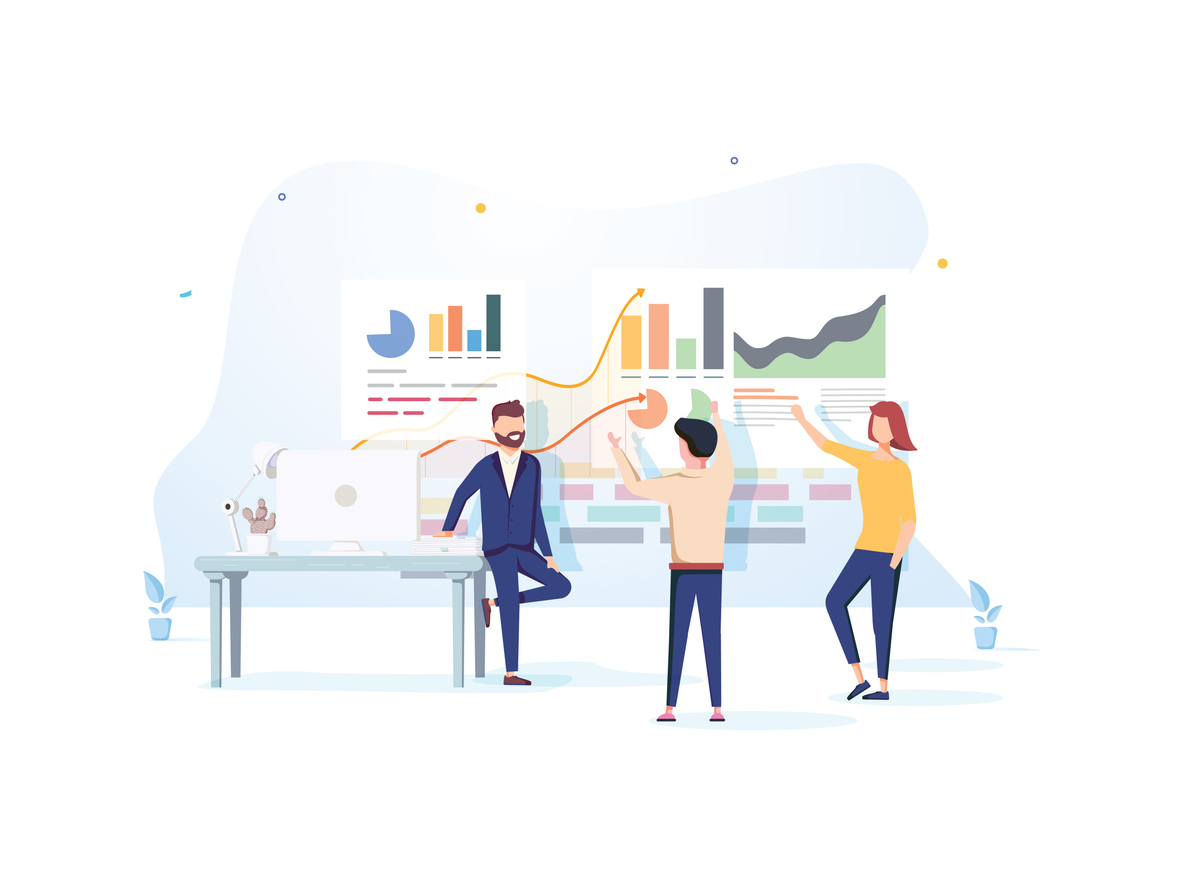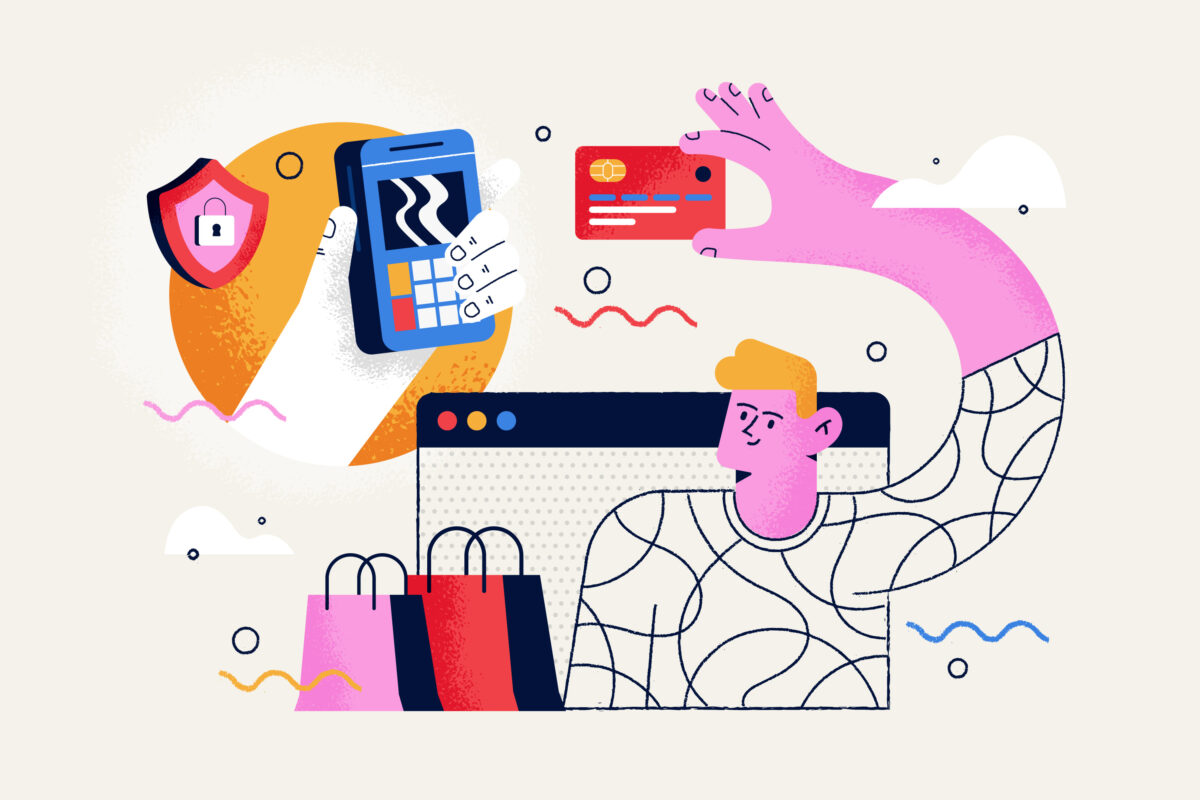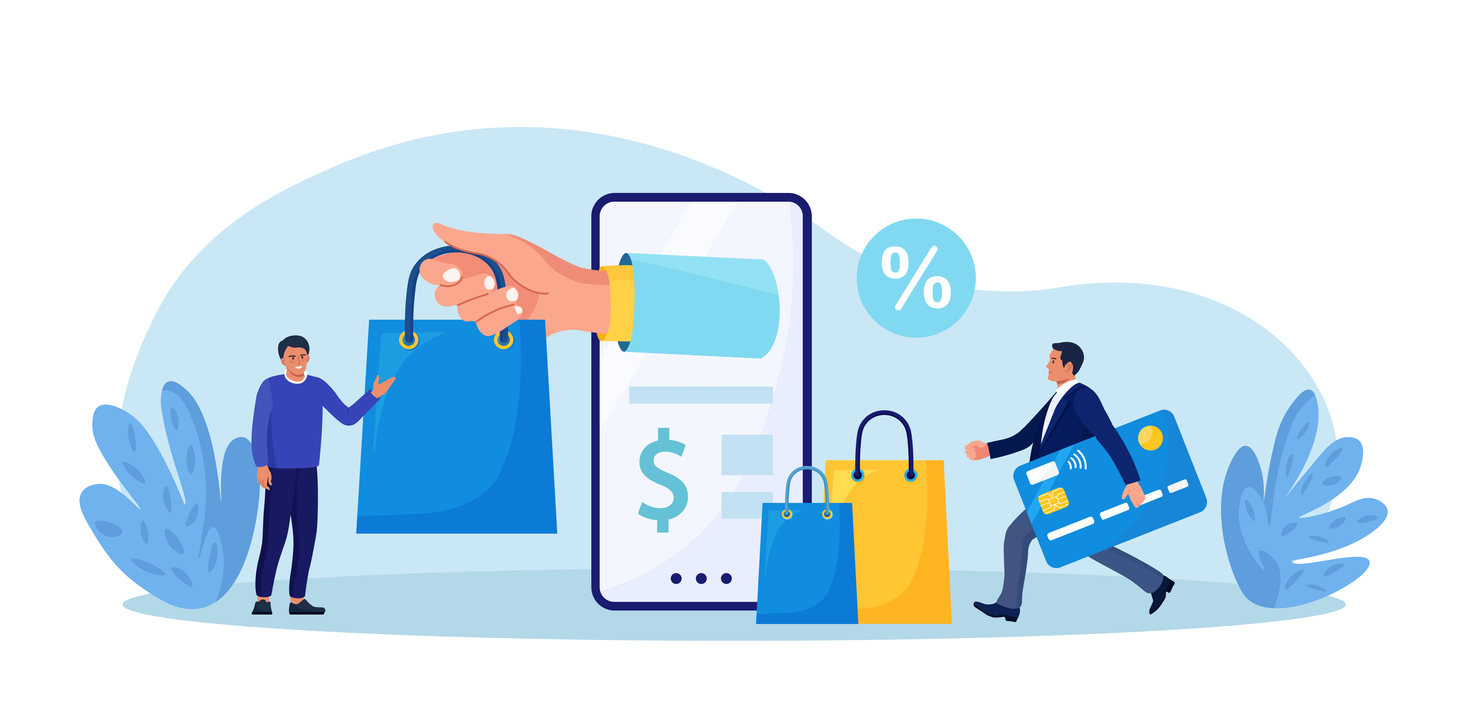Ads Are More Expensive: Focus on Increasing Conversion Value

When your company is getting fewer sales than expected, you may be tempted to invest in more advertisements. Unfortunately, advertising in 2024 is shaping up to be even more expensive than in 2023. Some analysts predict a total global ad spend of nearly $753 billion this year. Nurturing the relationships with the customers that you already have is a more cost-effective strategy. Also, it’s easily accomplished with conversion rate optimization. Here, we’ll go over the basics of this strategy and a few key factors regarding how to increase customer lifetime value and conversion value.
What Is Conversion Rate Optimization?
Conversion rate optimization (CRO) is a digital marketing tactic designed to increase the amount of conversions on your website. It starts by determining your conversion goals. They can include things like increasing interactions with pay-per-click (PPC) ads or purchases made through your online storefront. You can then examine the common pain points present on your existing website, modifying those areas to make the customer journey easier. Through improving the user experience (UX), 84% of brands have been able to increase their overall revenues.
Making a better user interface (UI) for your current customers can also attract more customers in the process. Customers who have a positive experience interacting with your company are likely to refer their friends to your website. A higher conversion rate (and therefore more sales) puts your company in the spotlight. This allows for the continued organic growth of your business.
What Is a Good Lead Conversion Rate?
Every company’s specific goals and metrics (plus the landscape of its industry) are different. So, it’s difficult to determine a universally ideal conversion rate. Experts generally agree that you should have a conversion rate between 2%-5%. It may seem small, but consider what happens if you have 300,000 people visit your website each month. If just 3% of those visitors make a purchase, you’ll have made 9,000 sales.
Conversion rates should also be dependent on your conversion value data. A conversion value can be numerical or another form of metric that you use to judge the success of your current advertising techniques. By giving each advertising method a conversion value, you can identify both low- and high-value conversions. Tracking these also provides insights regarding whether you’re getting the best return on investment (ROI) in your campaigns.
When your conversion value metrics are high, you’ll get a lot of high-value customers. These are the consumers who keep visiting your website, subscribing to new services, and making frequent purchases.
Companies can combine all of the sales from a single consumer to determine their individual lifetime customer value. On average, it’s estimated that these loyal customers are responsible for 67% of a brand’s revenue. With that in mind, your goal should be to elevate as many conversion value levels as possible.
Is It Possible to Influence Customer Lifetime Value?

Engagement is one of the key elements to a happy customer. Customers primarily engage with brands online. So your website should be easy to access and provide relevant information to meet their needs. If your website can’t be navigated efficiently, a visitor might struggle to make a purchase even when they had every intention of doing so.
If your sales are low, take a look at your website to address:
Technical Problems
Nearly 46% of Americans browse the web through smartphones or tablets. So, they won’t stay on a website that doesn’t have a dedicated mobile layout. Additionally, consumers will leave quickly if any of the text or graphics on your website present too much of an eyesore. A website full of broken links both annoys your visitors and prevents them from buying your products.
Another common hurdle in the customer experience is slow loading times. 53% of customers are only willing to wait three seconds for a website page to load while they’re trying to shop. Also, 45% of customers will form negative opinions toward your brand as a result of this experience.
Poor User Interface
Busy consumers value their time and convenience, so you need to eliminate any steps from their experience that might be too tedious. Requiring customers to make an account before they make a purchase is an example of this, as it adds at least a few extra minutes to the process.
Some customers also don’t want to spend minutes searching through product descriptions for certain terms. Written website content that lacks appropriate and relevant keywords can even lead to a low ranking on search engine page results (SERPs). An experienced partner can help you implement A/B testing to determine which website elements are the most appealing to your audience.
Lack of a Search Function
Without a search bar that’s easily located on your website, customers will have problems locating the items that they want. Even when a search bar is present, it can be difficult to use if customers are expected to type exact search terms. Similarly, search results that have little relevance to the customer’s initial query won’t be helpful.
Insufficient Customer Support
Nobody wants to buy an item if they don’t know when it will arrive or have access to the company’s return process. You can easily address these questions in an FAQ page or similar knowledge base. Nearly 70% of customers prefer finding solutions on their own rather than contacting customer support.
If your customer support line is closed for the day, customers may have no means to get the answers needed to complete their purchases. Such inconveniences are mitigated by having a customer support chatbot on your website or providing online support from human associates after regular business hours.
How to Increase Customer Lifetime Value With a CRO Strategy
To maximize your existing advertisements to the fullest, your customers should have a seamless and hassle-free journey leading up to a purchase. However, a CRO strategy can’t produce higher conversion value metrics and sales overnight. This requires a dedicated partner to help you succeed with continuous support. Future Holidays specializes in website performance audits and UI/UX improvements. We can help you boost conversion rates and keep your customers engaged. Contact us if you’re ready to level up your brand.


